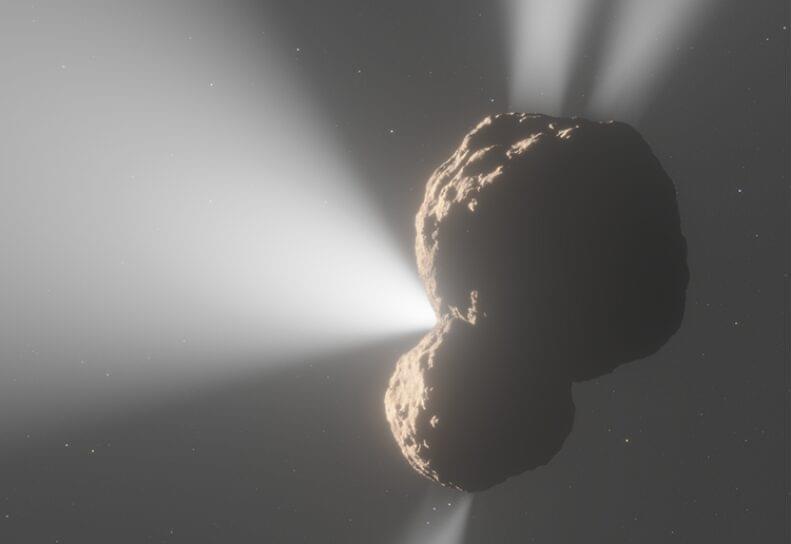Inspired by the half-human, half-horse creatures that are part of Ancient Greek mythology, the field of astronomy has its own kind of centaurs: distant objects orbiting the sun between Jupiter and Neptune. NASA’s James Webb Space Telescope has mapped the gases spewing from one of these objects, suggesting a varied composition and providing new insights into the formation and evolution of the solar system.
Centaurs are former trans-Neptunian objects that have been moved inside Neptune’s orbit by subtle gravitational influences of the planets in the last few million years, and may eventually become short-period comets. They are “hybrid” in the sense that they are in a transitional stage of their orbital evolution: Many share characteristics with both trans-Neptunian objects (from the cold Kuiper Belt reservoir), and short-period comets, which are objects highly altered by repeated close passages around the sun.
Since these small icy bodies are in an orbital transitional phase, they have been the subject of various studies as scientists seek to understand their composition, the reasons behind their outgassing activity—the loss of their ices that lie underneath the surface—and how they serve as a link between primordial icy bodies in the outer solar system and evolved comets.
